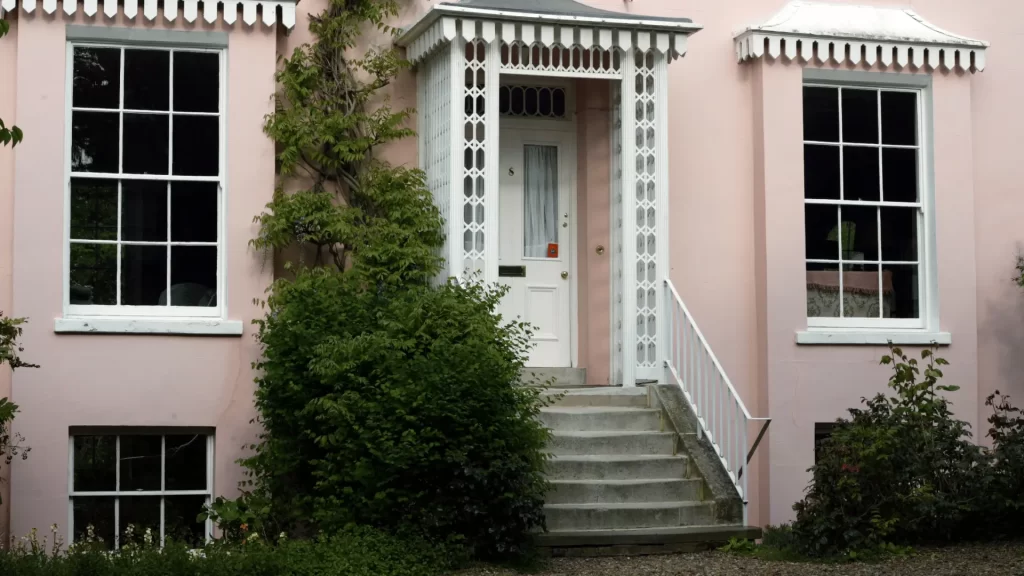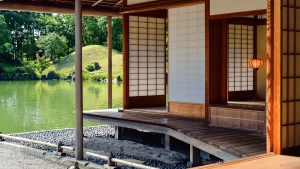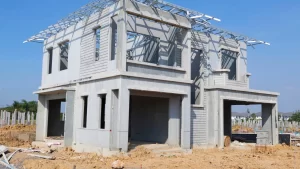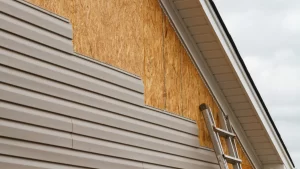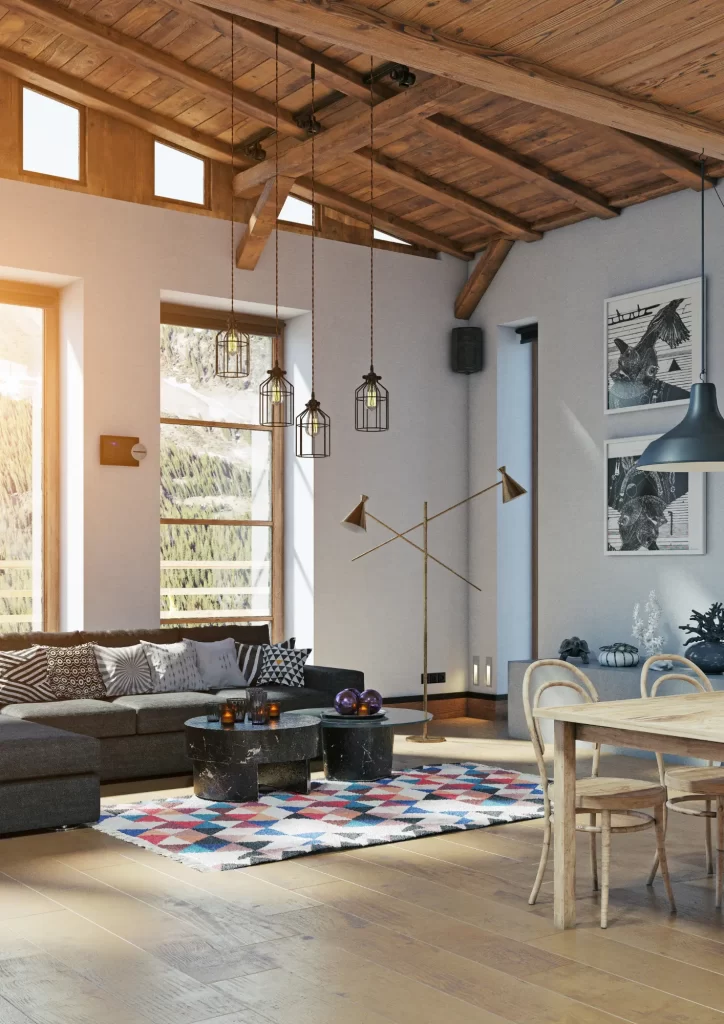Georgian housing is an iconic architectural style that originated in the 18th century in Great Britain during the reigns of King George I, II, and III. The Georgian period is characterized by elegance, symmetry, and proportion, which was reflected in the design of townhouses, country homes, and public buildings. Today, Georgian architecture continues to inspire architects and designers around the world, and its influence can be seen in homes, public buildings, and monuments in various countries. In this blog post, we will explore the global influence of Georgian housing, looking at its history, key features, and examples of the style in the United Kingdom, the United States, and other parts of the world. We will also discuss how Georgian architecture has been adapted for contemporary use and why it remains relevant in the modern world.
Georgian Housing in the United Kingdom
Georgian housing in the United Kingdom is synonymous with elegance, style, and grandeur. This architectural style flourished in the 18th and early 19th centuries and can be found in many cities and towns throughout the country.
Georgian townhouses are one of the most recognizable features of the style, with their distinctive tall, narrow facades, symmetrical layouts, and sash windows. These townhouses were built to accommodate the growing middle class during the Georgian period and were designed to maximize living space within a limited footprint.
The architecture of Georgian townhouses was heavily influenced by the classical architecture of ancient Greece and Rome, which can be seen in the use of columns, pediments, and other decorative elements. In addition, the period saw the emergence of many new building materials such as cast iron, which was used to create decorative balconies and railings.
One of the most famous examples of Georgian housing in the UK is Bath, a city known for its well-preserved Georgian architecture. Bath is home to the Royal Crescent, a row of 30 terraced houses built in a sweeping crescent shape that overlooks the city. The Royal Crescent is an excellent example of Georgian architecture, with its elegant proportions, ornate details, and use of local Bath stone.
In London, Georgian housing can be found in neighborhoods such as Mayfair, Belgravia, and Bloomsbury. The houses in these areas were originally built for wealthy families and feature grand entrances, high ceilings, and large windows. Some of the most famous Georgian houses in London include the Spencer House, the home of the Spencer family, and the Royal Society of Arts.
Overall, Georgian housing in the United Kingdom remains an enduring symbol of elegance and refinement. Its legacy can be seen in many buildings across the country and has inspired architects and designers around the world.
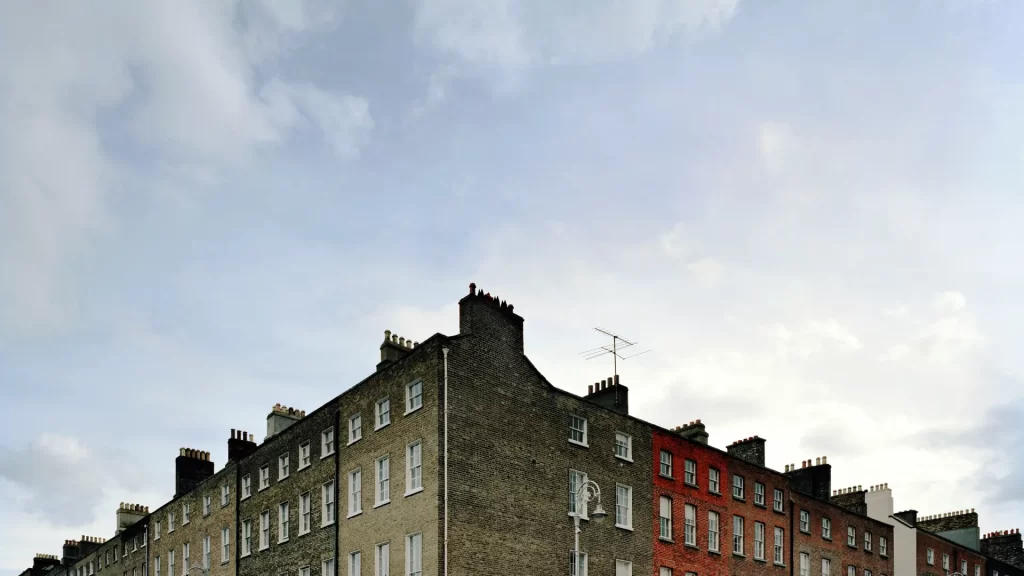
Georgian Housing in the United States
Georgian housing in the United States emerged in the early 18th century, heavily influenced by the Georgian architecture that was popular in Great Britain. The style quickly gained popularity in the colonies and was used to build some of the country’s most iconic buildings, including the White House and the US Capitol.
One of the key features of Georgian architecture in the United States is the use of symmetry and proportion. The houses are typically rectangular in shape, with evenly spaced windows and a centered entrance. The style also features ornamental elements such as pediments, cornices, and columns, which were often made of wood or painted to resemble stone.
Georgian housing in the United States was adapted to suit the climate and building materials available in the colonies. For example, in the southern states, the houses were often built with large front porches to provide shade from the sun, while in the northern states, brick was a common building material.
One of the most famous examples of Georgian housing in the United States is the White House, the official residence of the President of the United States. The White House was designed by James Hoban, an Irish-born architect, in the late 18th century and features many classic Georgian elements such as a symmetrical facade, a central portico with columns, and a pitched roof.
In addition to the White House, Georgian architecture can be found in many other buildings across the United States, including state capitols, courthouses, and private residences. The Telfair Museum in Savannah, Georgia, is a particularly noteworthy example of Georgian architecture, with its elegant facade, grand entrance, and ornate ironwork.
Overall, Georgian housing in the United States played a significant role in shaping the country’s architectural identity and remains a popular style for new homes and public buildings. Its influence can be seen in the symmetrical and proportionate designs of many American houses and buildings, and its legacy continues to inspire architects and designers today.
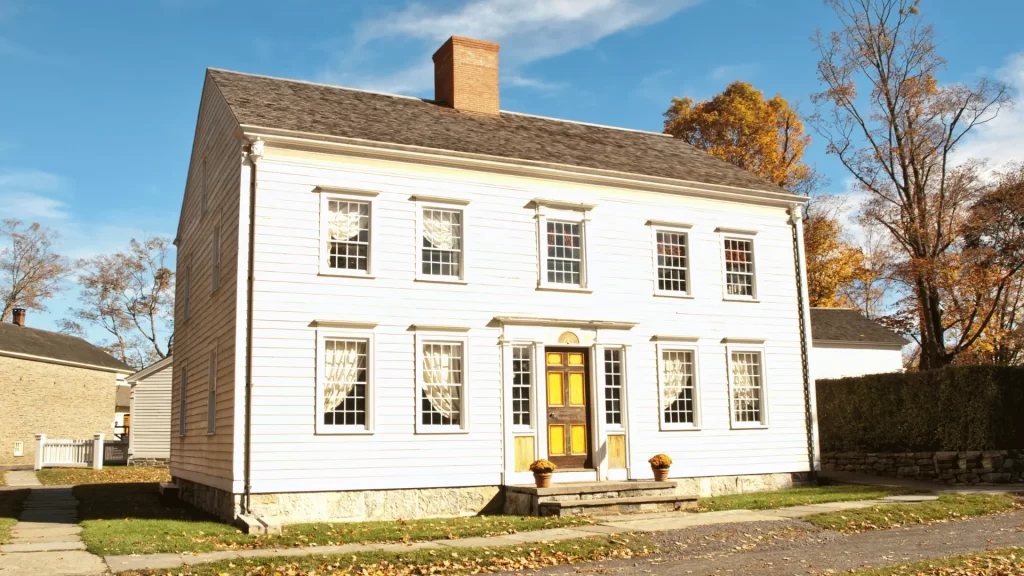
Georgian Housing in Other Parts of the World
Georgian housing has had a significant influence on architecture in other parts of the world, particularly in former British colonies and other countries that were exposed to British culture and design.
In Canada, Georgian architecture can be found in many of the country’s historic buildings and private residences, particularly in the eastern provinces. The Lower Fort Garry National Historic Site in Manitoba, for example, is a well-preserved example of Georgian architecture, with its symmetrical design, central entrance, and hipped roof. In Quebec City, the historic district of Old Quebec is home to many Georgian buildings, with their stone facades, dormer windows, and decorative details.
In Australia, Georgian architecture can be seen in many of the country’s early colonial buildings, particularly in Sydney and Melbourne. Elizabeth Bay House in Sydney is a prime example of Georgian architecture in Australia, with its symmetrical facade, pedimented entrance, and interior details such as decorative plasterwork and marble fireplaces.
Georgian architecture also had an impact in India, particularly during the period of British colonial rule. The colonial architecture of Kolkata, formerly known as Calcutta, features many examples of Georgian-style buildings, such as the Raj Bhavan, the official residence of the Governor of West Bengal. In Mumbai, the Royal Opera House is an excellent example of Georgian architecture in India, with its classical columns, arched windows, and ornate details.
Overall, Georgian housing has left its mark on architecture in many parts of the world, reflecting its enduring appeal and timeless elegance. Its legacy continues to inspire architects and designers today, and its influence can be seen in many contemporary buildings, particularly in countries that were once part of the British Empire.
Contemporary Applications of Georgian Housing
Despite its historical origins, Georgian housing remains a popular style among contemporary architects and designers. In recent years, there has been a renewed interest in this classic style, with many architects adapting its traditional elements to create new, modern interpretations.
One contemporary application of Georgian housing is the use of its symmetrical and proportionate design to create striking, modern homes. Architects are often drawn to the balance and harmony of Georgian architecture, which can be adapted to suit a range of building materials, from traditional brick to modern concrete and steel.
Another trend in contemporary Georgian housing is the use of sustainable materials and energy-efficient design. Many architects are incorporating environmentally-friendly features such as solar panels, rainwater harvesting systems, and energy-efficient appliances into their Georgian-inspired designs. This combination of classic style and modern sustainability is particularly appealing to homeowners who want to balance comfort, convenience, and responsible living.
In addition, many architects are using Georgian-inspired elements to create public buildings, such as museums, libraries, and government offices. The grand, symmetrical facades and classical elements of Georgian architecture are particularly well-suited to public buildings, conveying a sense of permanence, stability, and dignity.
Overall, contemporary applications of Georgian housing reflect its enduring appeal and adaptability, with architects and designers drawing on its classic elements to create new, innovative designs. Whether used in private homes, public buildings, or commercial spaces, Georgian architecture continues to inspire and captivate architects and homeowners around the world.
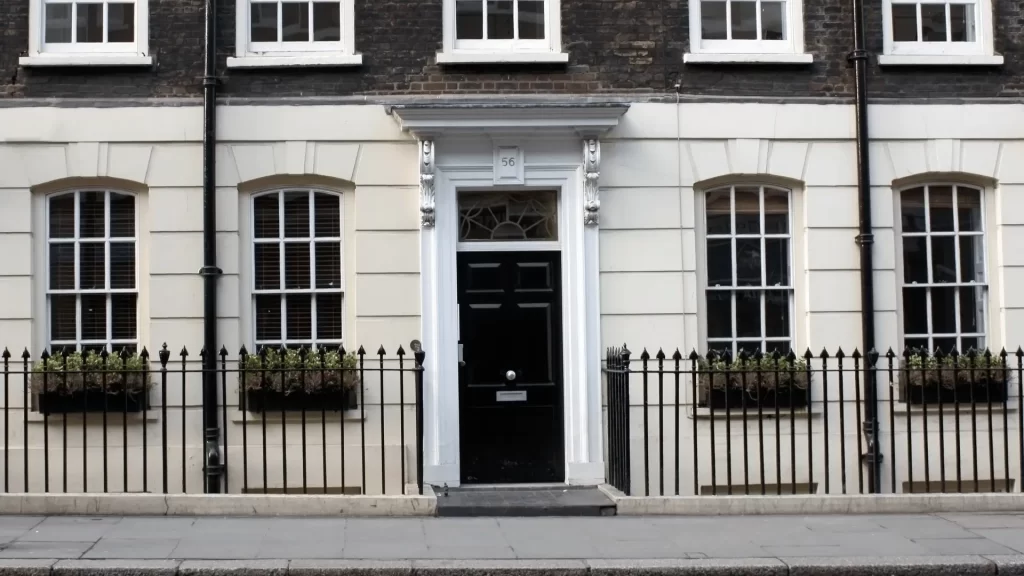
Georgian housing is a classic architectural style that has had a lasting impact on the world of design and construction. Its symmetry, proportion, and attention to detail have made it a popular choice among architects and homeowners for centuries, and its influence can be seen in many of the world’s most iconic buildings.
While Georgian housing may have originated in 18th century Britain, its timeless elegance and adaptability have made it a favorite among contemporary architects and designers. Whether used in private homes, public buildings, or commercial spaces, Georgian-inspired designs continue to captivate and inspire.
Through its enduring influence, Georgian housing has become a symbol of timeless beauty and classic style. As architecture continues to evolve, it is likely that Georgian-inspired elements will continue to play a role in the design of new buildings, reflecting its lasting legacy and appeal.
